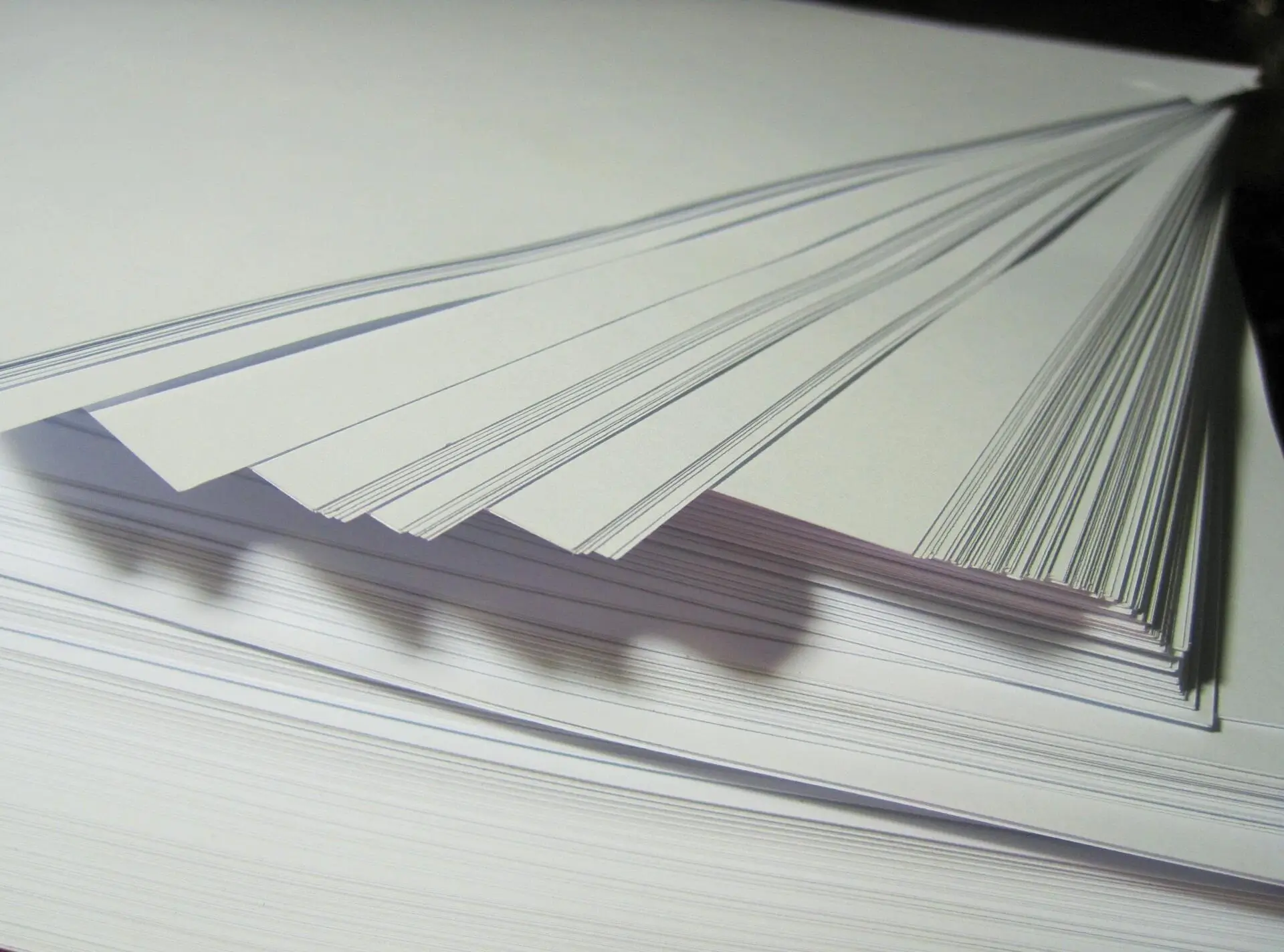You're flipping through pages of your rental property's financial documents. You pause at the rental property income statement. Numbers leap out at you - cash flow, expenses, and profits. It all feels like a foreign language, but you know this document holds the key to unlocking your property's true earning potential.
What if you could decode it, identify areas for improvement, and make decisions to boost your ROI? We can help.
Read on to find out how to read your rental property income statement.
Gross Rental Income
Gross rental income is the foundation of your investment income analysis. It represents the total income generated from your property before any deductions or expenses. For Virginia investors, this includes monthly rent payments from tenants, as well as any additional income streams directly tied to the property.
To maximize gross rental income, you should focus on maintaining high occupancy rates and competitive rental pricing. This requires staying informed about the local market trends and tenant demands
Operating Expenses: Property Management Tips
Operating expenses are the day-to-day costs associated with running a rental property, and they play a critical role in understanding your property's financial performance. These financial statement analysis expenses include:
- Property management fees
- Maintenance and repair costs
- Property taxes
- Insurance premiums
- Utility expenses
- Marketing costs
Many of these costs, such as property management fees, repairs, and advertising, are tax-deductible, which can significantly offset your tax burden.
Capital Expenditures
Unlike regular operating expenses, these investments are made to enhance the property's long-term value or extend its useful life. When you're real estate investing, common capital expenditures may include:
- Replacing a roof
- Upgrading HVAC systems
- Renovating kitchens or bathrooms
- Adding new amenities like a parking lot or storage units
These expenses are essential for preserving the property's appeal and ensuring it remains competitive in the local rental market.
Setting aside a portion of your rental income in a dedicated reserve fund can help cover unexpected large expenses without disrupting cash flow.
This is particularly important given the diverse weather conditions in Virginia, which may require additional spending on weather-related repairs or enhancements. For instance, properties in areas prone to heavy rainfall or snow may need frequent attention to drainage systems or roofing materials.
These investments can also make it a lot easier if you need to sell your property.
Debt Service
This section of your rental property income statement shows how much of your gross rental income is allocated to servicing your loan, providing a clear picture of your cash flow and net profitability.
Proper debt service management begins with selecting the right financing options when purchasing or refinancing a property. Virginia investors should evaluate factors such as interest rates, loan terms, and payment schedules to ensure they align with the expected rental income and property performance. Fixed-rate mortgages, for example, offer consistent payments over time, which can simplify budgeting, whereas adjustable-rate loans may provide initial savings but carry the risk of fluctuating payments.
Rental Property Income Statement: Manage Today
With this guide, you'll have an easier time trying to consider your rental property income statement.
Are you ready to hire Virginia property management help? GEM Realty Group, LLC works hard to ensure you have the tools you need to succeed while we give back to the greater community.
Contact us to learn more.

